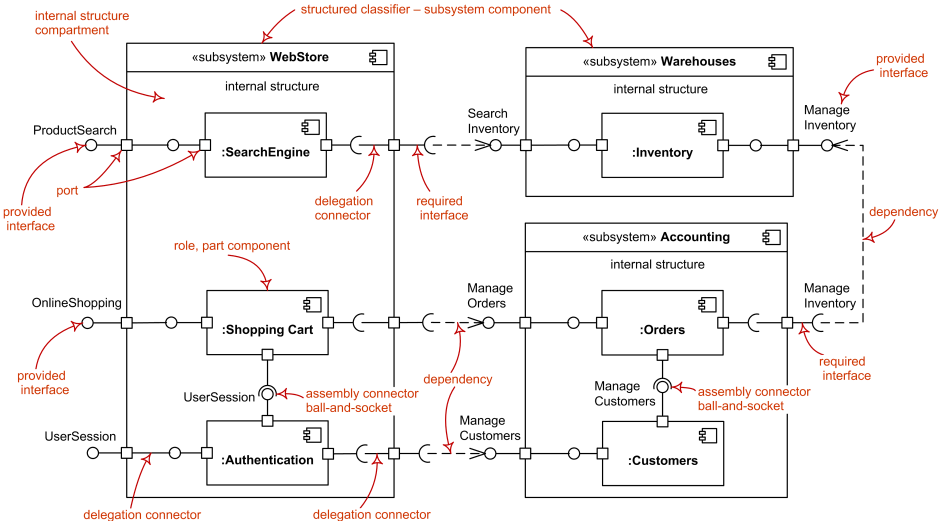Which Of These Best Describes The Difference Between Ports And Slots

These are the most commonly seen PCI slots and cards. 32-bit PCI cards have 1 notch. The notch is located close to the starting point of connectors for 3.3V cards, and at the endpoint for 5V cards. It isn’t forward compatible with the 64-bit variant because of the physical location of notches, and the 32 connector positions on the card.
Jun 27, 2018 Expansion Slots. These days, most motherboards feature just two slot types: the long PCIe x16 and the short PCIe x1 slot. Even if a smaller board has all the slots and ports you need now, it. These are the long slots attached to the motherboard to install DIMM chips on the computer. DIMM stands for Dual Inline Memory Module, which consists of DRAM integrated circuits.
Wired network vs Wireless network-Difference between Wired and Wireless network types
This page compares Wired network vs wireless network and mentionsdifference between wired network and wireless network types.We will understand comparison between these networkswith respect to data communication.
Wired Network
Which Of These Best Describes The Difference Between Ports And Slots Better
As we know 'wired' is the term refers to any physical medium consisting of cables.The cables can be copper wire, twisted pair or fiber optic.Wired network is used to carry different forms of electrical signals from one end tothe other. Mostly in wired network one internet connection is being taken using T1 line, cable modem or usingany other means. This connection is shared among multiple devices using wired network concept.
EXAMPLEs of wired network: LAN (Local Area Network): This network consists of ethernet cards housed in PCs or laptops.These cards are connected using ethernet cables. The data flows between these cards.For small wired network router is used to connect few number of desktop or laptop computers.In order to increase the network coverage for more number of systems multiple switches and routers areused.
Refer Ethernet network basics➤ for more information.

Wireless Network
As we know 'Wireless' is the term refers to medium made of electromagnetic waves (i.e. EM Waves) orinfrared waves. All the wireless devices will have antenna or sensors.Typical wireless devices include cellular mobile, wireless sensors, TV remote,satellite disc receiver, laptops with WLAN card etc.Wireless network does not use wires for data or voice communication; it uses radio frequency waves asmentioned above. The other examples are fiber optic communication link and broadband ADSL etc.
EXAMPLES of wireless network:
1. Outdoor cellular technologies such as GSM, CDMA, WiMAX, LTE, Satellite etc.
2. Indoor wireless technologies such as Wireless LAN(or WiFi), Bluetooth, IrDA, Zigbee, Zwave etc.
Refer Wireless system block diagram➤ andCellular wireless communication basics➤ formore information.
Wired network vs Wireless network Difference between Wired network and Wireless network
Following table compares Wired network vs Wireless network and mentions difference between wired network and wireless network types.
Which Of These Best Describes The Difference Between Ports And Slots Machines
| Specifications | Wired network | Wireless network |
|---|---|---|
| Speed of operation | Higher | lower compare to wired networks,But advanced wireless technologies such as LTE, LTE-A and WLAN-11ad will make itpossible to achieve speed par equivalent to wired network |
| System Bandwidth | High | Low, as Frequency Spectrum is very scarse resource |
| Cost | Less as cables are not expensive | More as wireless subscriber stations, wireless routers, wireless access points and adapters are expensive |
| Installation | Wired network installation is cumbersome and it requires more time | Wireless network installation is easy and it requires less time |
| Mobility | Limited, as it operates in the area covered by connected systems with the wired network | Not limited, as it operates in the entire wireless network coverage |
| Transmission medium | copper wires, optical fiber cables, ethernet | EM waves or radiowaves or infrared |
| Network coverage extension | requires hubs and switches for network coverage limit extension | More area is covered by wireless base stations which are connected to one another. |
| Applications | LAN (Ethernet), MAN | WLAN, WPAN(Zigbee, bluetooth), Infrared, Cellular(GSM,CDMA, LTE) |
| Channel Interference and signal power loss | Interference is less as one wired network will not affect the other | Interference is higher due to obstacles between wirelesstransmitter and receiver e.g. weather conditions, reflection from walls, etc. |
| QoS (Quality of Service) | Better | Poor due to high value of jitter and delay in connection setup |
| Reliability | High compare to wireless counterpart, as manufactured cables have higher performance due toexistence of wired technology since years. | Reasonably high, This is due to failure of router will affect the entire network. |
Tutorials on wired and wireless technologies

What is Difference between
difference between FDM and OFDM
Difference between SC-FDMA and OFDM
Difference between SISO and MIMO
Difference between TDD and FDD
Difference between 802.11 standards viz.11-a,11-b,11-g and 11-n